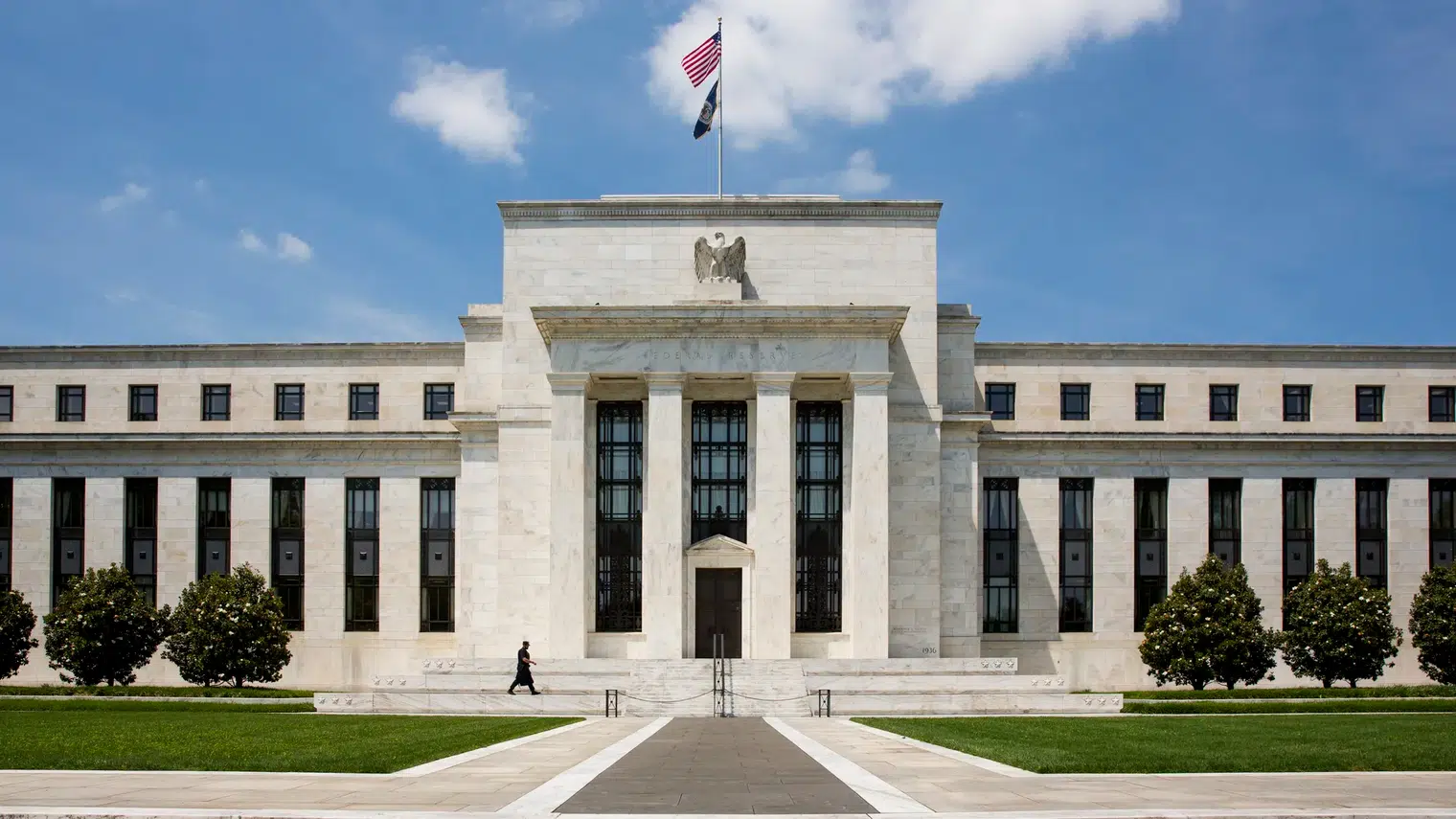The Federal Reserve’s most recent financial stability report relieved those concerned about the potential strain on the banking system due to a prolonged period of interest rate increases. It also alleviated fears of a recession caused by a widespread credit crackdown, which could have led to defaults among companies and households.
That is not occurring in any way. On the contrary, the Federal Reserve is grappling with an economy that has shed its tight monetary policy to such an extent that officials at the U.S. central bank are still determining what to anticipate. They are also divided on matters such as productivity, the economy’s fundamental potential, and whether the current policy interest rate is as constraining as initially thought when they halted further increases.
The Rate Will Definitely Not Be Increased Before September 2024
Expectations for rate reductions, previously anticipated to commence in early 2024, are now being delayed until at least September. Due to persistent inflationary pressures, these cuts may even be pushed further into the year or even into 2025.
The era of restricted credit has passed – banks are increasing their lending, corporate credit spreads are tight, and households have mostly sound financial positions – all. At the same time, the economy continues to expand above its capacity and create employment opportunities. A recently revised Fed index of general financial conditions indicated that the current monetary policy of the central bank and the broader credit conditions it aims to affect have had virtually no effect on economic growth at present.
In contrast to Federal Reserve officials’ evaluation of the policy as restrictive, the existing credit conditions in the economy indicate a “consistent with above-trend growth.” According to Joe Kalish, chief global macro strategist at Ned Davis Research, the transmission of monetary policy to the real economy in the U.S. has been significantly less impactful compared to other regions.
Fed officials are currently divided on whether they should continue to slow down the economy in order to reduce inflation or if other factors, such as productivity, will naturally take care of it. This is a significant matter as it influences the decision between implementing stricter policies or adopting more lenient measures. The upcoming publication of crucial inflation figures on Friday is anticipated to reveal that the Federal Reserve’s favored gauge of price pressures has continued to surpass the central bank’s desired 2% objective, potentially indicating a halt in progress.
The Fed may find itself in a predicament where it relies on data to make decisions but ultimately relies on intuition and instinct to determine whether the U.S. has reached a new balance of increased growth and decreased unemployment or if further intervention from the central bank is necessary to ensure inflation subsides.
According to Ed Al-Hussainy, a senior analyst with the global rates and currency team at Columbia Threadneedle Investments, there is a lack of clarity regarding the role of wages in driving inflation, the need for more demand from the economy, and the appropriate level of interest rates. This uncertainty makes it difficult to establish a clear inflation framework and parameters to assess the policy stance. “The assessment of a ‘policy-is-restrictive’ nature must originate from a source…” They have had a difficult time expressing it.
Not as Precise as Anticipated
The intellectual jolts have been profound in recent years, starting with an unexpected surge in immigration that strengthened the labor force in the United States. This was followed by a partial reversal of globalization and a shift in consumer spending towards services. In contrast to previous periods of strict policies, the housing market is showing resilience and has been a recent driver of inflation. There is renewed worry regarding the impact of substantial federal deficits on financial markets, as well as lingering uncertainties surrounding productivity and the “neutral” interest rate that determines whether policy is considered tight or not.
The upcoming release of gross domestic product figures on Thursday is anticipated to reveal a 2.4% annual growth rate for the economy during the first quarter of the year, as indicated by a Reuters survey of economists. This marks another quarter in which GDP has outpaced the 1.8% rate projected by Fed officials almost eight years ago as the median estimate for the economy’s non-inflationary growth potential.
The United States still needs to meet that goal in just five out of the 30 quarters since then, and two of those were linked to the beginning of the COVID-19 outbreak.
The question at hand is whether the economy has more significant potential than previously believed, with the possibility of sustained strong growth without substantial inflation. Alternatively, recent developments have been artificially boosted by a series of temporary factors, such as tax cuts during the Trump administration or government spending under President Joe Biden, which could lead to faster price increases and higher interest rates.
In a recent study, Joseph H. Davis, the global chief economist at Vanguard, highlighted the impact of federal debt and an aging population on the neutral rate of interest. According to Davis, these factors have potentially increased the neutral rate by around one percentage point, suggesting that Federal Reserve policy may be tighter than previously believed. That would provide a clearer understanding of the continuous expansion but also pose challenges in reducing inflation.
Experts Monitor the Situation and Make Predictions
Fed officials are satisfied with their patient approach to observing whether the range of 5.25%-5.50% established in July effectively encourages inflation to return to the desired 2% target. They are not currently considering any additional increases in the policy rate. Given the anticipated decision to maintain the current rate at the upcoming Fed policy meeting, analysts will closely examine the latest Fed statement and Fed Chair Jerome Powell’s press conference for any indications of future direction.


